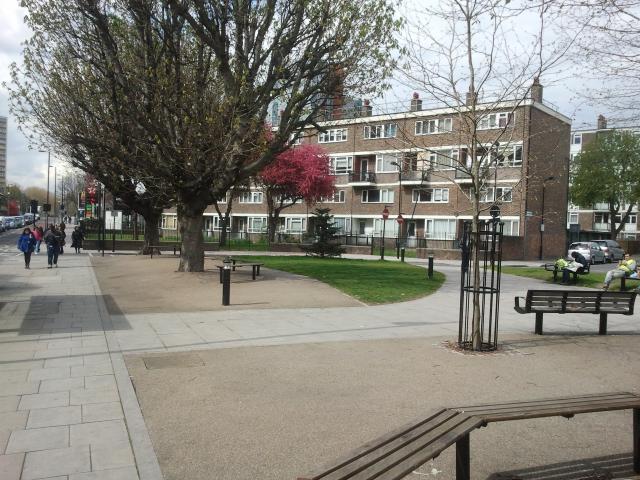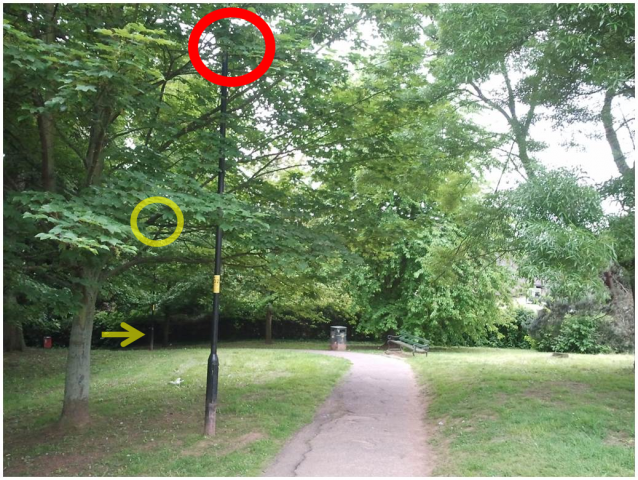
CPTED - Crime Prevention Through Environmental Design
The appearance of the environment has been proven to have a direct influence and impact upon those work live, work in or visit any particular area. Well designed and maintained environments have been proven to increase a sense of safety by those who frequent them.
Conversely it has also been proven that poor environments can induce the fear of becoming a victim even when recorded crime is not high. CPTED's simplest forms can be demonstrated by the swift removal of inappropriately located seating which allows street drinkers to congregate or through well designed landscaping that signifies that a neighbourhood is 'well cared for' - a proven deterrent to Anti-Social Behaviour.
An example of a more complex application of CPTED is the use of cleverly designed, energy-efficient street lighting that can make people feel safer and is proven to reduce crime by up to 30%. Such schemes can also provide large savings in energy costs and reduce carbon footprints. Other design features include landscaping that allow for the principle of being able to 'see and be seen' - as opposite.


A lack of Common Sense as Common Practice
It is a constant frustration to many who work in the field of Crime Prevention that really basic errors or omissions often occur because those who design the layout of a development, street or park do not understand or correctly apply even basic CPTED and Crime Prevention Principles.
To many Crime Prevention specialists it is unthinkable that built environment professionals do not always adopt a holistic approach to design but rather than go into any detail or specifics we will refer to the picture opposite as a direct example of how a little thought would have benefitted one lighting project.
A new LED energy-efficient lighting system was located in a park. As with so many lighting schemes the design looked fine on the plans but had a Crime Prevention professional been consulted, a meeting would have been convened with the Designer, the Lighting Engineer, the Arboriculturalist [Tree Specialist] and the Park Manager to address very obvious issues.
The frustration felt by our Crime Prevention expert is that had his advice been sought he would have been able to produce numerous of examples / photographs of similar failings across the UK.
* The picture opposite was taken in the UK in 2013.

Common Sense is too often not always Common Practice. The issue of erecting street lights in tree canopies is common to many lighting schemes we have viewed across the UK.
Copyright 2014. 4Risk Prevention . All rights reserved.
Ensuring Common Sense is Common Practice